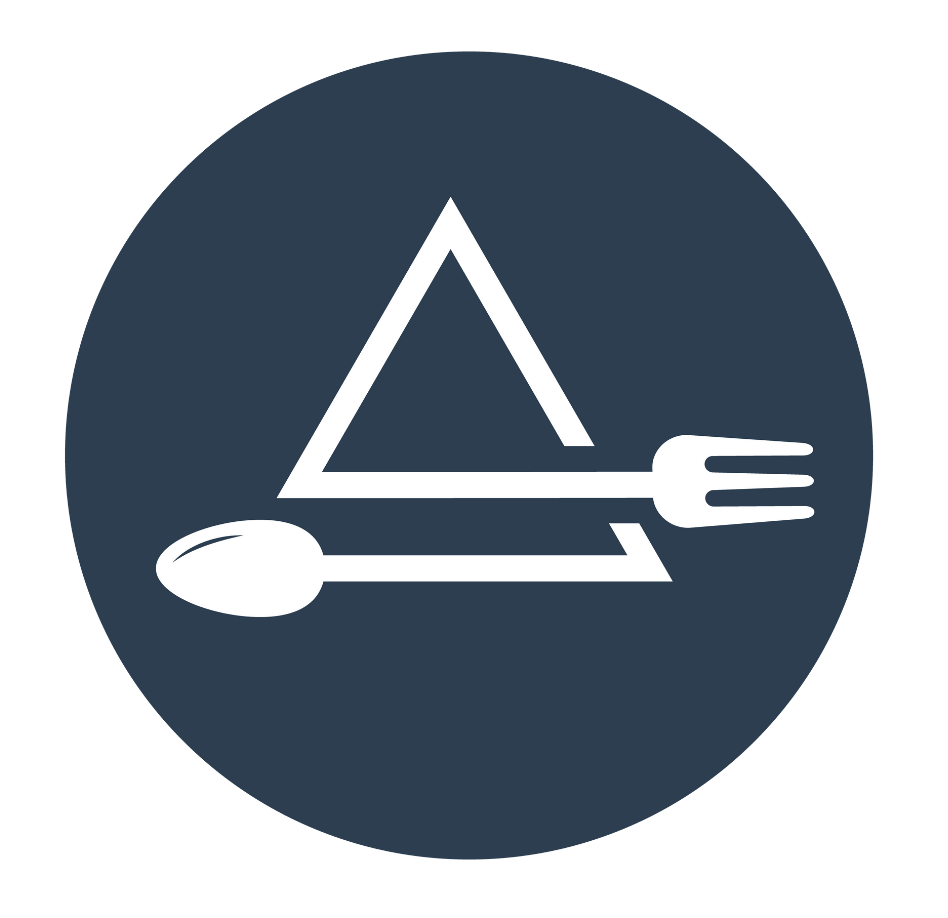
Winter Highlight: 3 Veggies with Perks for PKD Plus Recipes
Apr 07, 2024Looking to mix up your winter meals with some seasonal vegetables? You are in the right place. In this blog, we are going to highlight three winter veggies – cabbage, carrots, and butternut squash – plus share some PKD-friendly recipes for each. Don’t underestimate the perks of eating in-season vegetables. They are often cheaper, easy to find, and have amazingly fresh flavor. Remember, with Polycystic Kidney Disease it's not just what you "take away", it's also the nourishment you add that helps support kidney health.
Cabbage
Cabbage, a low-oxalate vegetable, is a powerhouse cruciferous veggie that is an excellent source of fiber, Vitamin C, and Vitamin K. All have Perks for PKD. A great addition to your winter dish rotation.
But that’s not all - cabbage has a whole range of health benefits, from its anti-inflammatory properties to playing a role in promoting good digestion. Research suggests it can also help lower blood pressure and cholesterol levels.
If aren’t a big fan of the flavor of cabbage, you can still incorporate it into a variety of dishes, such as hearty soups or stir-fries, for a subtle flavor boost that ensures both your taste buds and kidney health are well taken care of.

Nutrition Profile of Cabbage
Serving Size: One cup of chopped green cabbage, 89 grams
- Calories: 22
- Sodium: 16 mg
- Carbohydrates: 5 g
- Protein: 1 g
- Fiber: 2 g
- Vitamin K: 68 mcg
- Potassium: 151 mg
- Vitamin C: 33 mg
- Oxalate: 2 mg
*Source: USDA FoodData Central
Cabbage Recipes To Try
▸▸ Cabbage Soup - We love the focus on flavor and not salt in this one.
▸▸ Baked Cabbage Salad - Rich in potassium and a good source of calcium.
▸▸ Suspiciously Delicious Creamed Cabbage - Easy + keto-friendly. Great sub for creamed spinach!
Carrots
Carrots, a root vegetable, are generally available year-round in the grocery store. But did you know they are actually in season from May through December? Orange is the most common carrot color, however, in the fall and winter, you can find purple, red, white, and yellow carrots. Raw or cooked, carrots are one of the most popular vegetables in winter dishes because of their versatility.
Carrots are a good source of fiber, potassium, and antioxidants and are incredibly rich in beta-carotene. Beta-carotene, which is converted to Vitamin A in the body, is what gives carrots their orange color, and helps support eye health and immune function.
Research shows that carrots, and their nutritional perks, may also help with blood sugar balance, support weight loss or management help regulate blood pressure, and support heart health.

Nutrition Profile of Carrots
Serving Size: one medium carrot, 61 grams
- Calories: 25
- Sodium: 42 mg
- Carbohydrates: 6 g
- Protein: 0.5 g
- Fiber: 1.5 g
- Vitamin A: 509 mcg
- Vitamin K: 8 mcg
- Potassium: 195 mg
- Oxalate: 1/2 cup cooked carrot, 7 mg; 1/2 large carrot, 10 mg
*Source: USDA FoodData Central
Carrot Recipes To Try
▸▸ Pickled Carrots - Use 1 teaspoon of salt.
▸▸ Parmesan Roasted Carrots - Great Thanksgiving side dish.
▸▸ Carrot Ginger Soup - Use low sodium broth and cut the added salt in half.
Butternut Squash
It may surprise you that butternut squash, one of the “winter squashes”, is technically considered a fruit. Packed with vitamins, minerals, and antioxidants butternut squash has Perks for PKD. Butternut squash is rich in potassium and Vitamin A, and low in sodium and calories. A nutritionally dense pick.
The antioxidants found in butternut squash, including beta-carotene and vitamin C, play a pivotal role in combating oxidative stress and inflammation. These factors are known contributors to the progression of Polycystic Kidney Disease (PKD) and kidney damage. Additionally, the robust fiber content in butternut squash supports healthy digestion and may aid in managing blood sugar levels.
The delicious nutty flavor of butternut squash brings with it a hint of sweetness, which is enhanced when you roast it. Butternut squash makes a great alternative to pumpkin and can be used in savory or sweet dishes.

Nutrition Profile of Butternut Squash
Serving Size: 3/4 cup, 100 grams
- Calories: 82
- Fat: 0.2 g
- Sodium: 8 mg
- Carbohydrates: 21.5 g
- Protein: 2 g
- Fiber: 7 g
- Vitamin A: 1140 mcg
- Vitamin C: 31 mg
- Oxalate: 7 mg
*Source: USDA FoodData Central
Butternut Squash Recipes To Try
▸▸ Butternut Squash Soup - Use low sodium broth and cut the added salt in half to make low sodium!
▸▸ Roasted Butternut Squash Salad with Warm Vinaigrette - Use 1/2 teaspoon salt for lower sodium.
▸▸ Creamy Butternut Squash Pudding - Skip the almond milk, sub with any lower-oxalate alternative.
Now the big question is...
Which winter veggie are you going to add to next week's grocery list, and which recipe are you trying first? Leave a comment and let us know or tag @the.pkd.dietitian when you post a drool-worthy picture.
Need some extra inspiration for mixing it up in the kitchen, check out the top 5 reasons to try a new recipe.
Written By: Mary Looney, Dietetic Student
Reviewed By: Diana Bruen, MS, RD

